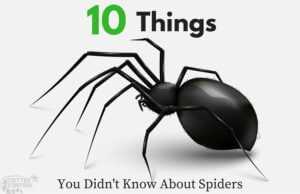Bat Exclusion: How do we do it?
While bats are an incredibly important part of the ecosystems here in Critter Control, they don’t make for great guests in our homes. A colony of bats 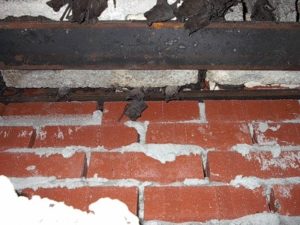 can cause expensive damage to your attic and property, and expose your family to diseases like rabies and histoplasmosis. Evacuating a colony of bats may seem like an impossible task, and the thought of entering an attic full of bats is enough to make most people’s skin crawl. Critter Control® is well equipped and able to rid you of your bat problems for good.
can cause expensive damage to your attic and property, and expose your family to diseases like rabies and histoplasmosis. Evacuating a colony of bats may seem like an impossible task, and the thought of entering an attic full of bats is enough to make most people’s skin crawl. Critter Control® is well equipped and able to rid you of your bat problems for good.
Because of the health risks associated with bats, we strongly advise against tackling bat problems on your own. However, here is a brief glimpse at what we can do for you while removing the bats from your home.
Exclusion
Bat exclusion is a highly effective bat removal technique that relies on bats leaving the attic on their own to go out and look for food, but preventing them from returning. We achieve this through the use of one-way doors and mesh screens installed at entrance points.
Why do we prefer exclusion over traditional removal techniques?
- Exclusion is highly effective, and preserves the safety of your family and of the bats
- Bats are able to leave without being harmed in any way
- The process is both humane and time efficient
To ensure that all bats evacuate your home, we avoid exclusion during times of year when young bats are still flightless.
Bat-Proofing your Home
Although any bats in your attic should evacuate within a few days of 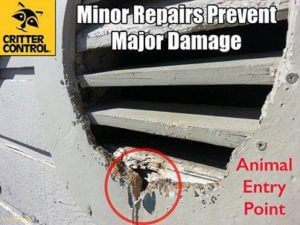 installing our exclusion products, we thoroughly inspect to ensure that all bats are gone before we begin bat-proofing your attic.
installing our exclusion products, we thoroughly inspect to ensure that all bats are gone before we begin bat-proofing your attic.
We focus on sealing entrance points to your attic to prevent the return of any bats. Common entrance points include:
- Gaps around roofing structures, or holes in soffits
- Holes in flashing around ventilation ducts or chimneys
- Cracks or gaps in fascia boards
Once your home is sealed against bat intrusion, our team can go to work cleaning any bat guano and repairing any damage caused by the infestation.
If you suspect that bats have taken residence in your attic, don’t waste any time in seeking help. Give the bat removal experts at Critter Control® a call today at 888-617-5764.

 insect control in the world. A single bat can consume thousands of insects in just one night. They help us continue to be able to enjoy those warm summer nights without being eaten alive by mosquitoes. In addition to keeping the mosquitoes away from us, they also keep insects away from commercial food crops, helping to keep prices down.
insect control in the world. A single bat can consume thousands of insects in just one night. They help us continue to be able to enjoy those warm summer nights without being eaten alive by mosquitoes. In addition to keeping the mosquitoes away from us, they also keep insects away from commercial food crops, helping to keep prices down.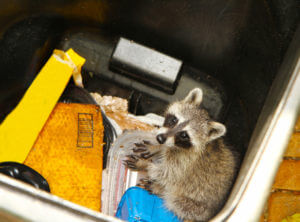 still very adept at pulling the lids off of trash cans. One simple solution is to feed a bungee cord through the handles and over the lid to keep it securely closed. If bungee cords aren’t an option, placing a heavy rock or cinderblock on top of the lid helps discourage raccoon activity.
still very adept at pulling the lids off of trash cans. One simple solution is to feed a bungee cord through the handles and over the lid to keep it securely closed. If bungee cords aren’t an option, placing a heavy rock or cinderblock on top of the lid helps discourage raccoon activity.
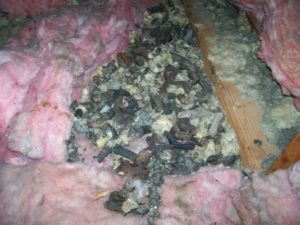
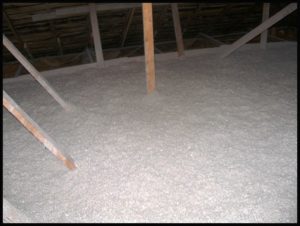 cleaning up after one, the experts at Critter Control® are here to help. Our technicians are trained in the repair and restoration of all aspects of your attic, and will have it looking like new in no time. Give us a call today at
cleaning up after one, the experts at Critter Control® are here to help. Our technicians are trained in the repair and restoration of all aspects of your attic, and will have it looking like new in no time. Give us a call today at 